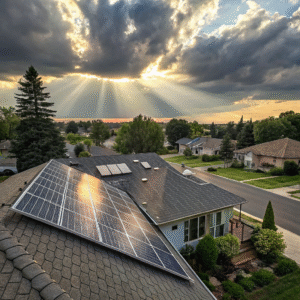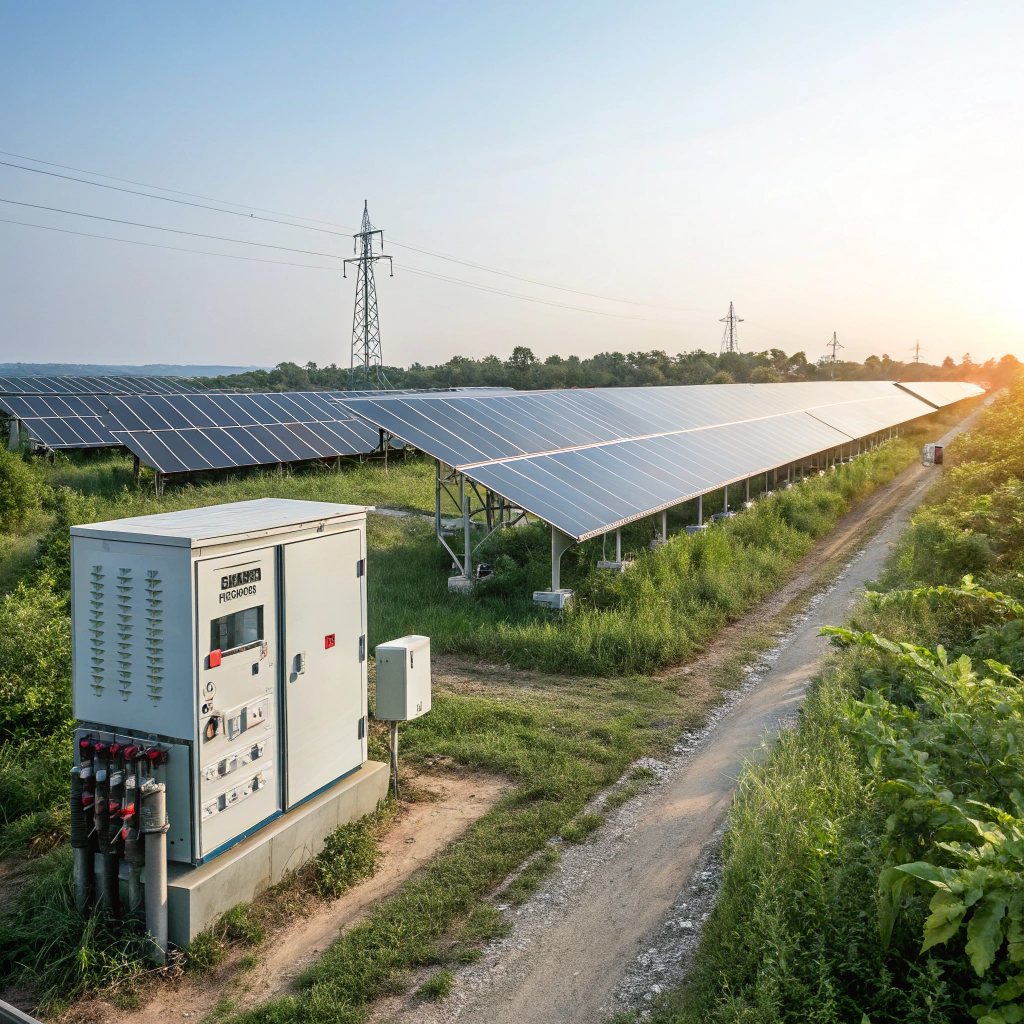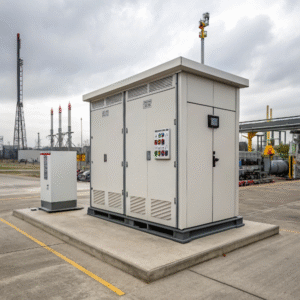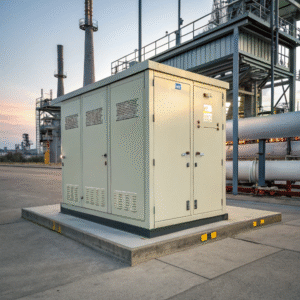Are solar PV systems safe? Will it be dangerous in case of thunderstorms?
by
Are solar PV systems safe? Will it be dangerous in case of thunderstorms?
Solar energy promises clean power, but does it come with hidden risks during severe weather? Many homeowners share this concern.
Solar PV systems are designed with multiple safety features that make them safe during normal operation and thunderstorms. Proper lightning protection and grounding systems prevent electrical hazards, and most systems automatically shut down during power outages for safety.
Built-in Protection Mechanisms
Modern solar installations incorporate several crucial safety elements:
- Lightning arrestors divert strikes away from panels
- Grounding systems safely channel electricity into the earth
- Rapid shutdown systems that activate during grid failures
During my first major storm after installing solar, I was amazed to watch the system seamlessly disconnect itself when lightning struck nearby. The peace of mind this automatic protection provides is invaluable.
Does solar power pollute the environment? Can PV panels be recycled?
When we think "green energy," we rarely consider what happens to panels at end-of-life. The truth might surprise you.
Solar power generates clean electricity without emissions, but panel manufacturing does have environmental impacts. Fortunately, 90-95% of panel materials can be recycled through specialized programs, with new technologies continually improving these rates.
The Full Lifecycle Picture
Manufacturing Impacts
- Silicon purification requires significant energy
- Some toxic chemicals used in production
- Transportation carbon footprint
Recycling Advancements
- Glass and aluminum frames are 100% recyclable
- Silicon cells can be refurbished or repurposed
- Emerging processes recover rare metals
I recently visited a recycling plant where workers were dismantling 20-year-old panels—watching those materials get a second life changed my perspective on solar sustainability.
Modern solar panels are completely non-recyclable. False
Over 90% of panel materials can be recycled through proper programs.
How much carbon emissions can be reduced by using solar power? How much does it help to fight against climate change?
Every solar panel installed is like taking several cars off the road—but the exact numbers will shock you.
A typical residential solar system offsets 3-4 tons of carbon emissions annually—equivalent to planting 100 trees each year. Widespread solar adoption could reduce global electricity emissions by 20% by 2050 according to IEA projections.
Putting the Numbers in Perspective
Residential Impact
| System Size | Annual CO2 Reduction | Equivalent To |
|---|---|---|
| 5kW system | 3-4 tons | Not driving 7,500 miles |
| 10kW system | 6-8 tons | Powering 2 average homes |
When I calculated my own system's impact last year—offsetting 3.8 tons—it finally made climate change action feel tangible.
Grid-Scale Potential
- Replacing coal plants with solar farms reduces emissions by 90%
- Solar-plus-storage solutions enabling fossil fuel retirement
- Floating solar arrays preventing reservoir evaporation
The math is clear: solar isn't just part of the climate solution—it's becoming the cornerstone of our energy transition.
Will installing solar power on my roof affect the structure of my house? Do I need approval?
That heavy-looking solar array might seem like a burden for your roof—but the reality is quite different.
Solar installations typically add 3-5 pounds per square foot—well within most roof load capacities. Professional installers conduct structural assessments, and nearly all systems require electrical permits plus potential HOA approvals.
The Installation Reality Check
Structural Considerations
- Panels distribute weight evenly across roof surface
- Mounting systems designed for minimal penetration
- Older homes may need reinforcement (10-15% of cases)
Permission Paperwork
- Electrical permits required everywhere
- Building permits for structural changes
- HOA approvals in 60% of communities
When my installer showed me the engineering specs proving my 1950s roof could handle the system, it erased years of unwarranted worry. The approval process took just two weeks!
Most residential roofs require reinforcement for solar. False
Only 10-15% of homes need structural upgrades for solar installations.
Conclusion
Solar PV systems offer safe, clean energy with proper protections, significant emission reductions, recyclable components, and straightforward installation when following proper procedures. The future looks bright—and sustainable.
You may also be interested in:




